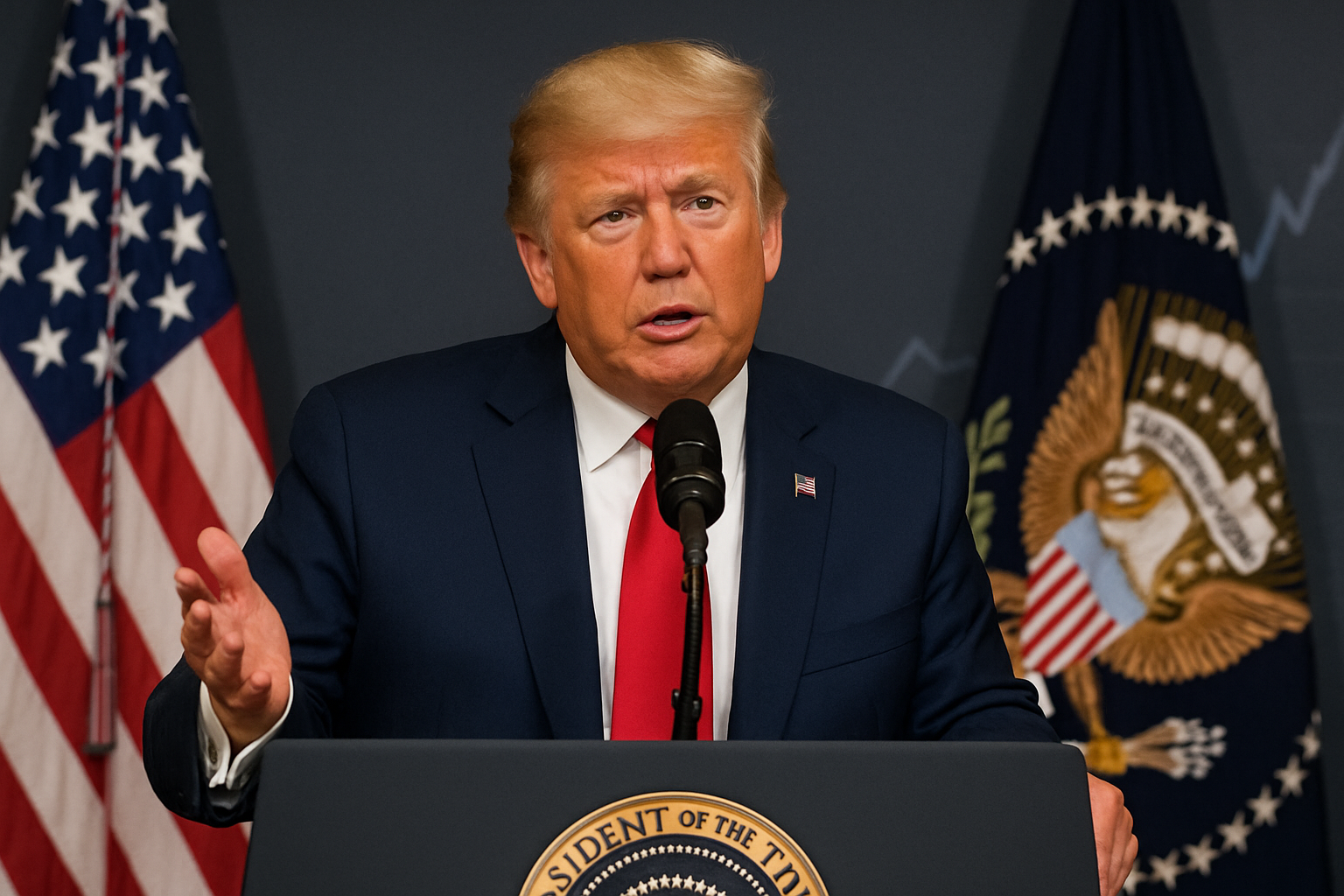The debate over Donald Trump’s sweeping tax cut plan is heating up in Washington, drawing sharp reactions from markets and policy experts alike. The nonpartisan Congressional Budget Office (CBO) now estimates the proposal could swell the US debt by $3.3 trillion over the next decade.
Republicans are working to secure final approval before the July 4 break, aiming to give Trump a strategic political win. Meanwhile, creative accounting methods are being used to downplay the long-term deficit impact on official reports, even as the real costs loom large.
Investors are watching closely. The plan’s fiscal footprint is already influencing the Treasury bond market, with expectations that long-term yields may rise to compensate for higher risk. The dollar has shown volatility, reacting to growing uncertainty over America’s fiscal path.
There’s also concern across the healthcare sector, as the bill could leave over 11 million Americans uninsured, increasing operational risks for insurers and deepening a key social debate during an election year.
For global markets, the message is straightforward: US fiscal policy is back in the spotlight, with potential ripple effects on capital flows, commodities like gold and even crypto assets that serve as alternative stores of value.
Bottom line: keep a close eye on Capitol Hill in the coming days. The final Senate vote could reshape not only US economic priorities, but also risk appetite across international markets.







